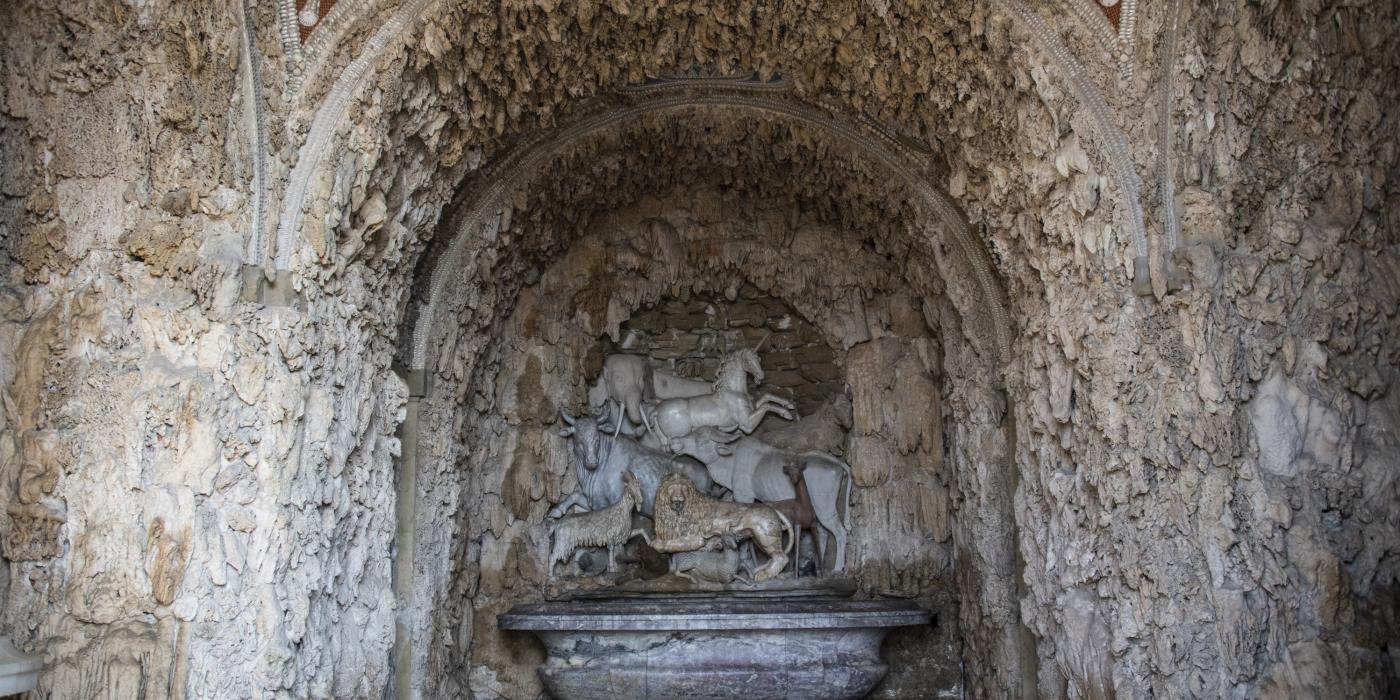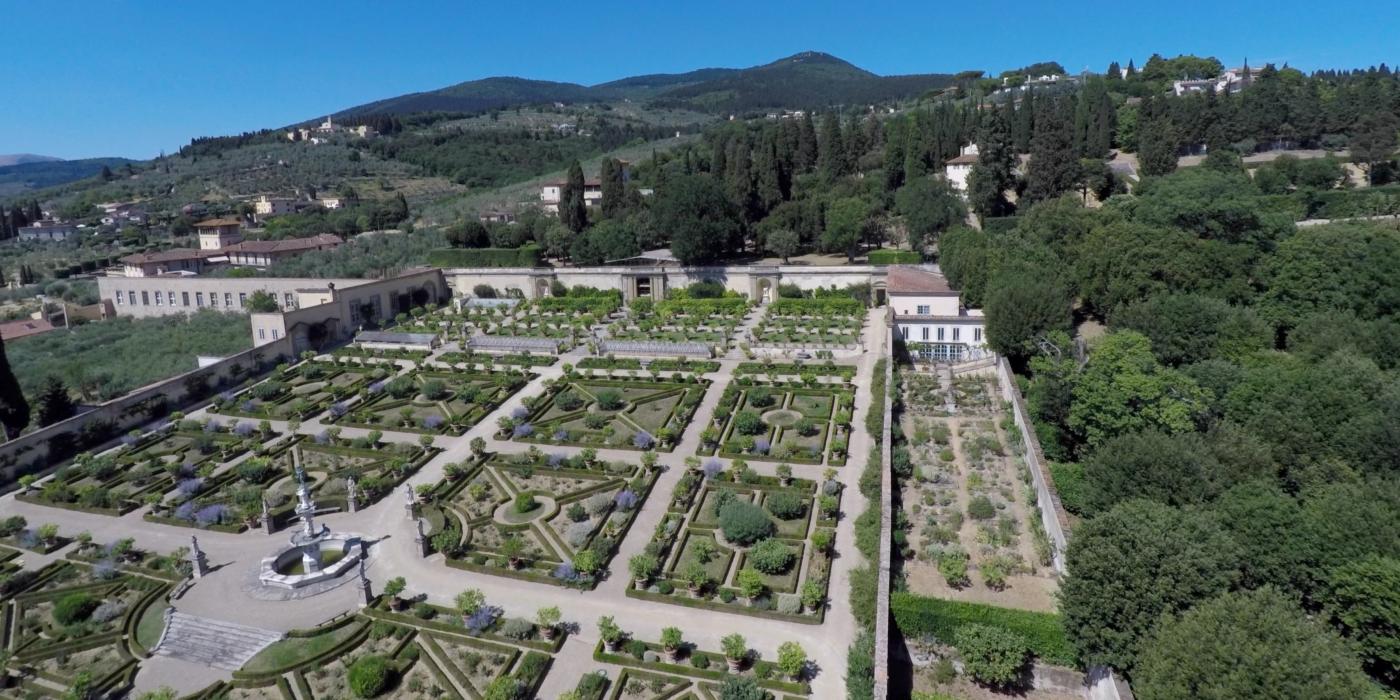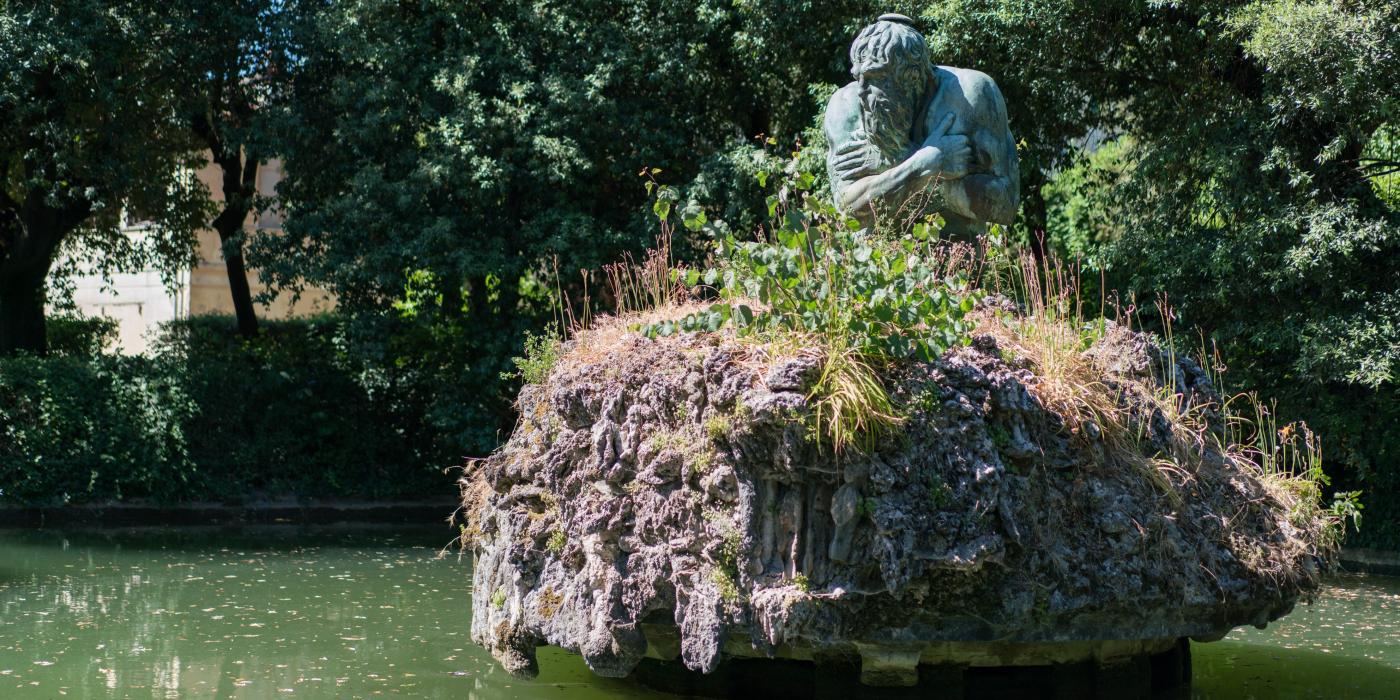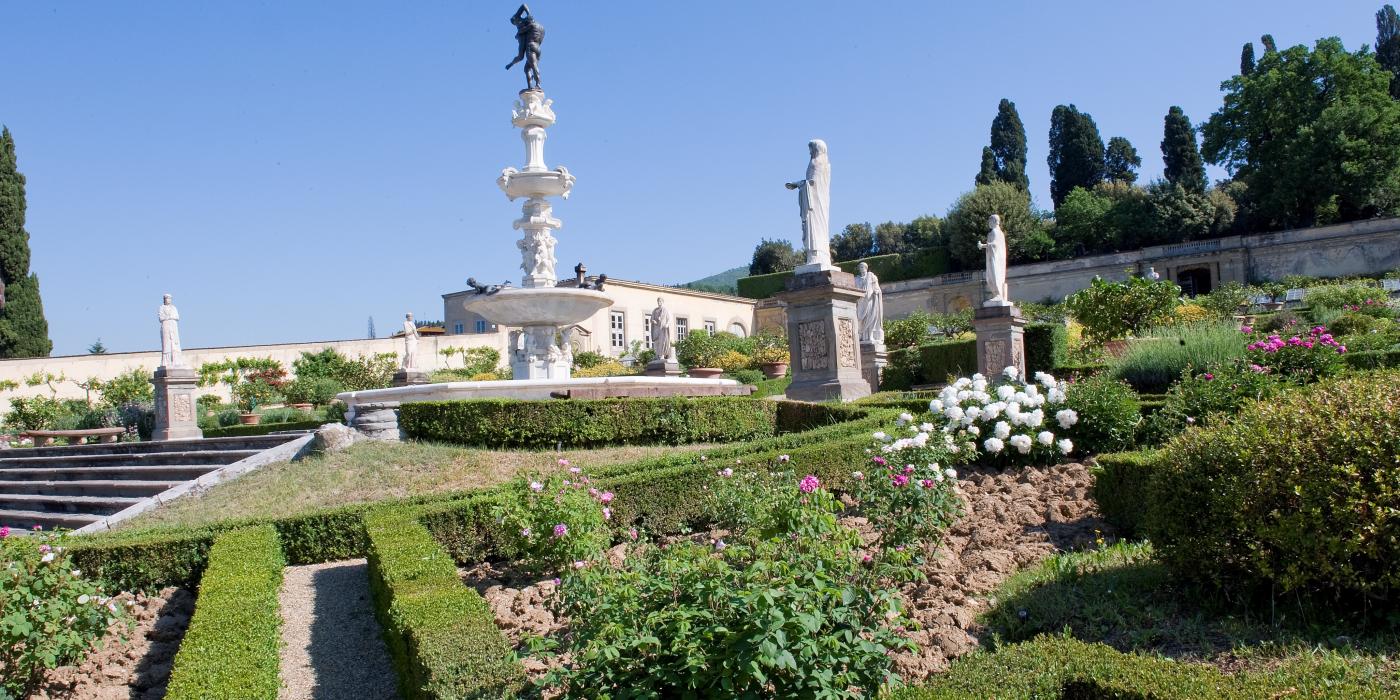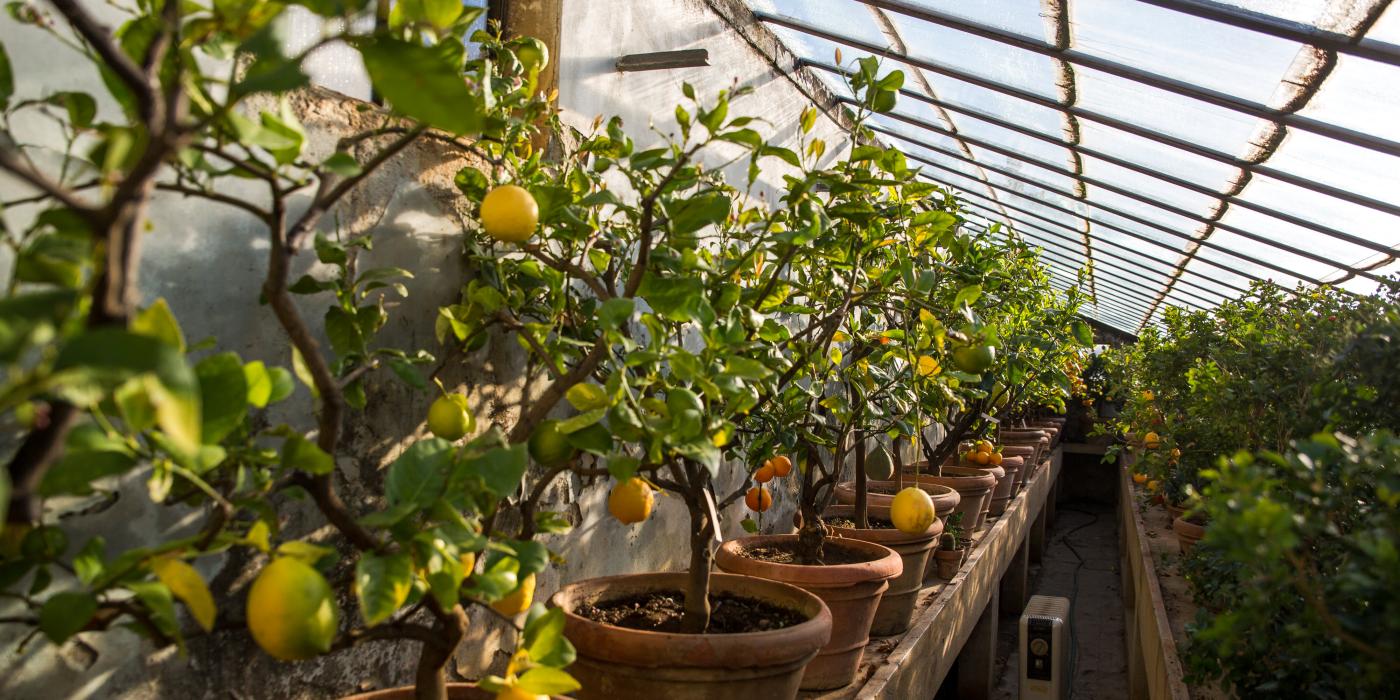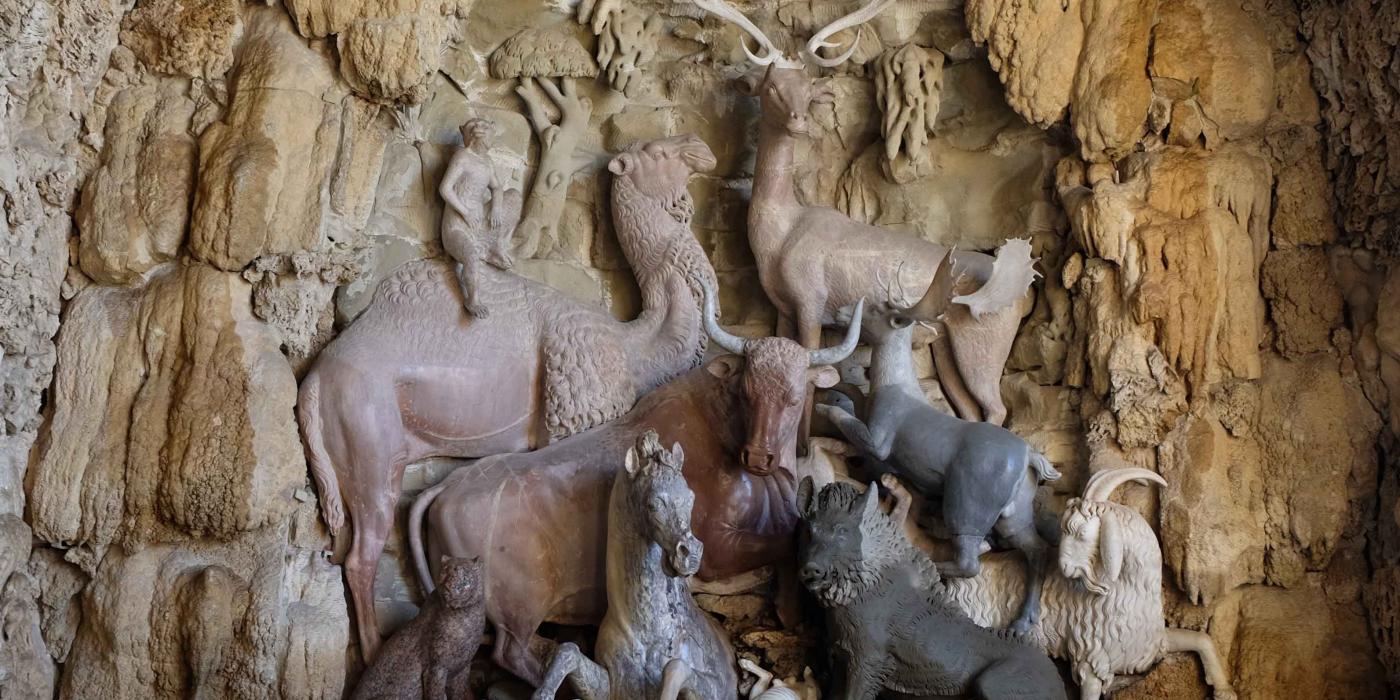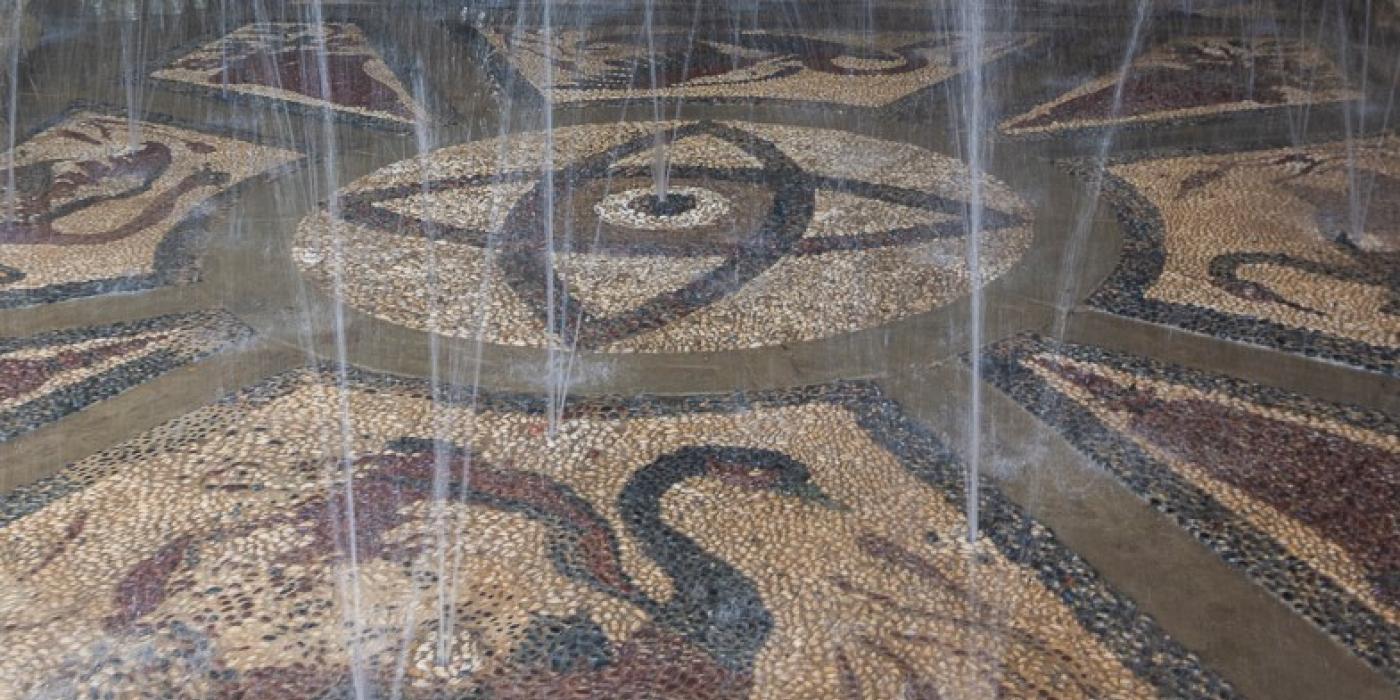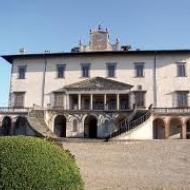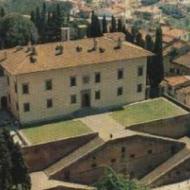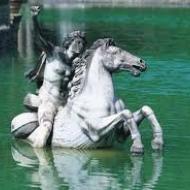The Garden of Medici Villa at Castello seems to have inspired Botticelli for his masterpieces The Birth of Venus and Primavera which were originally housed here, making it something of aprototype of the 16th century Italian garden. The complex and extraordinary iconography of the garden was intended to exalt the new government of Cosimo I de’ Medici, peacekeeper and illuminated ruler of Tuscany.
The general project was entrusted to Niccolò Pericoli, known as “Il Tribolo”, who was also responsible for constructing the imposing hydraulic system that conducted water from the Castellina spring above to feed the numerous fountains. Two features are not to miss. The first is the Grotto of the Animals or the Flood which Tribolo created with numerous water games, simulating a natural cave that gathers sculptural groups of animals in polychrome marble. The other is the elaborate fountain of Hercules and Antaeus by Tribolo and Pierino da Vinci, crowned by the bronze series by Bartolomeo Ammannati – it is now replaced by a copy, while the original is at the nearby Medici villa of Petraia.
The Cave of the Animals or the Flooding, among the most famous in Europe, realised by Tribolo, once animated by spectacular water features, has a central symbolic role together with the fountain of Hercules and Anteo, realised The garden boasts an exceptional collection of citruses, consisting of about one thousand plants of historic-botanical importance, unique in the world, descending from ancient Medici’s varieties with trees of over three hundred years old, displayed outdoors from April to October and preserved indoor during the winter, in the two historic lemon-houses. The garden of medicinal herbs is also a true jewel with the Stufa dei mugherini, which houses the rare Indian double jasmine of Goa called “mugherino”, which gives the name to the so called “ortaccio” or secret Garden.
Today the villa is the seat of the Accademia della Crusca (the institution that governs the Italian language) For this reason, the interior of the villa can only be visited on special occasions, while the garden can be visited freely.
The general project was entrusted to Niccolò Pericoli, known as “Il Tribolo”, who was also responsible for constructing the imposing hydraulic system that conducted water from the Castellina spring above to feed the numerous fountains. Two features are not to miss. The first is the Grotto of the Animals or the Flood which Tribolo created with numerous water games, simulating a natural cave that gathers sculptural groups of animals in polychrome marble. The other is the elaborate fountain of Hercules and Antaeus by Tribolo and Pierino da Vinci, crowned by the bronze series by Bartolomeo Ammannati – it is now replaced by a copy, while the original is at the nearby Medici villa of Petraia.
The Cave of the Animals or the Flooding, among the most famous in Europe, realised by Tribolo, once animated by spectacular water features, has a central symbolic role together with the fountain of Hercules and Anteo, realised The garden boasts an exceptional collection of citruses, consisting of about one thousand plants of historic-botanical importance, unique in the world, descending from ancient Medici’s varieties with trees of over three hundred years old, displayed outdoors from April to October and preserved indoor during the winter, in the two historic lemon-houses. The garden of medicinal herbs is also a true jewel with the Stufa dei mugherini, which houses the rare Indian double jasmine of Goa called “mugherino”, which gives the name to the so called “ortaccio” or secret Garden.
Today the villa is the seat of the Accademia della Crusca (the institution that governs the Italian language) For this reason, the interior of the villa can only be visited on special occasions, while the garden can be visited freely.
Information:
Address:
via di Castello 47, 50141 - Firenze, FIPhone:
+39 055 452691
Access notes:
Direct access without reservation
Groups of up to 20 people can access.
The last entry is half an hour before closing in the morning and one hour before closing in the evening.
Access for disabled:
Photo gallery
